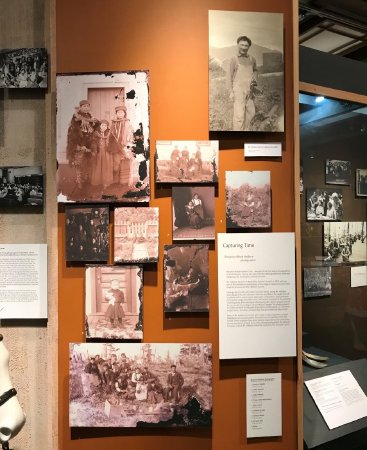Capturing Time
Benjamin Alfred Haldane (1874-1941)
Photographer
Benjamin Alfred Haldane is known for being the first professional Native photographer in North America and, likewise, for showing an Indigenous narrative that differed from colonial viewpoints. Haldane's work has left an impactful legacy for Tsimshian cultural understandings and has allowed the people of Metlakatla to connect with their unique past. Haldane was born in 1874 in Metlakatla, British Columbia, and was part of the resettlement to Metlakatla, Alaska that was led by Anglican missionary Father William Duncan.
Expelled from Father Duncan's school at the age of 15, Haldane persisted in developing his own education and quickly became interested in photography. By age 16, he was offering family portraits to the Metlakatla community. At age 25, he opened his own photography studio. Most notably, Haldane used photography as a means of decolonization: in photographing traditional garments and ceremonies, he spoke out against forced assimilation and its accompanying laws. Even when photographing within the influx of European culture, Haldane staunchly represented the Tsimshian spirit.
Many of the Haldane's portraits were made on glass negatives. In 2003, Metlakatla community member Dennis Dune recovered these glass negatives at the Metlakatla dump, rescuing them from complete destruction. These negatives have become important to the community and its conception of itself. Local scholar and and art historian Dr. Mique'l Dangeli has been studying these photographs as artifacts of Tsimshian perseverance through colonialism. Haldane's work continues to serve today as a prominent feature of ever-growing Tsimshian innovation.

